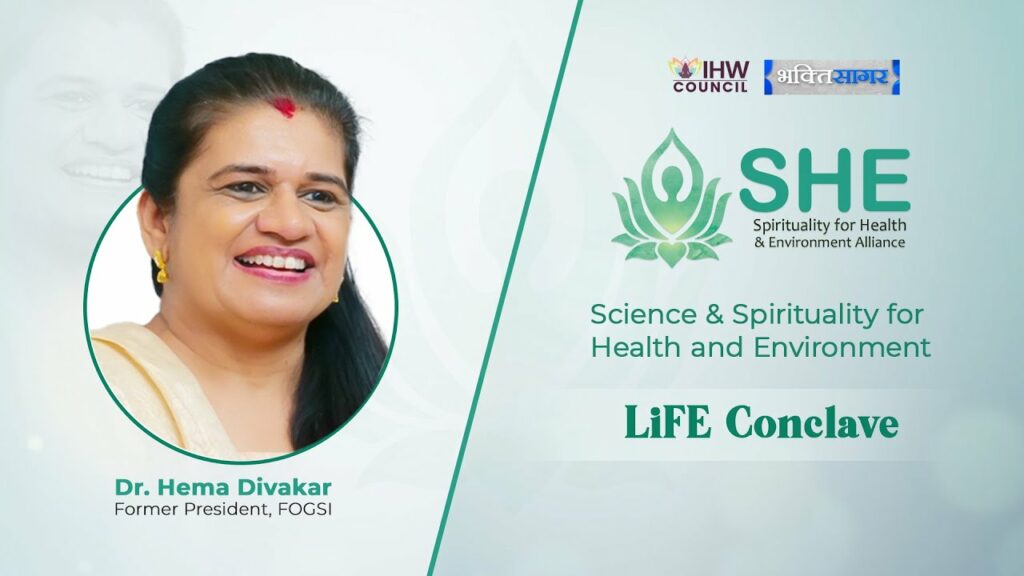High – frequency sound waves are directed through the mother’s abdomen into the uterus. As they are reflected off the bone and other tissues of different density, a pictorial representation of the baby is obtained. This is shown on a screen as a grey scale image.
Ultrasound has transformed obstetrics because it can give important information quickly and very accurately. Some times this information could only otherwise come from blood tests which might take a number of days, or from special x-rays with their associated dangers. Very extensive research has been undertaken and. as far as is known ultrasound does not harm the foetus. In preparation for an abdominal; ultrasound scan in early pregnancy, the woman is asked to keep her bladder full, this is not a pre-requisite for vaginal scanning. The doctor performing the scan rubs some gel on to the abdomen and then passes the ultrasound probe to and fro over the abdomen.
This probe receives the ultrasound waves and converts them into a picture (real time ultrasound). The pregnancy can be seen in detail and the baby’s heartbeat, movements and details of its anatomy can be seen. In later pregnancy the volume of amniotic fluid can be estimated, weight can be calculated. A recent advance for scanning in early pregnancy is the vaginal ultrasound probe. This small probe is inserted vaginally and gives a much clearer picture of the contents of the uterus in the first few months of pregnancy.
In modern obstetric practice ultrasound is used to
- Confirm a pregnancy.
- Establish if a pregnancy is still viable when bleeding occurs in early pregnancy. Establish the duration of gestation, by measuring the length of the foetus up to 12 weeks, and then the diameter of the head after that time. Up to 30 percent of women do not know when their last period occurred, or have irregular cycles, ultrasound done before 10 weeks can date the pregnancy accurately. (to within 5 days) picture
- To detect multiple pregnancies since each gestation sac can be seen at an early stage. This is important in women who have been treated with fertility drugs.
- Identify abnormalities. In most obstetric units you will be offered a detailed ultrasound scan between 18 and 20 weeks of pregnancy. This scan should be able to confirm the anatomical normality of the baby (i.e. head, brain, spine, heart, limbs, kidneys, bowel, etc.). In fact most women think that almost anatomical abnormalities can be detected by ultrasound scanning. This is not true. The scan will also look for ‘markers’ of chromosome abnormality and if any of these unusual features are seen, amniocentesis may be offered.
- Assess growth. The clinical impression of a baby who is small-for-dates can be confirmed with ultrasound which shows loss of growth in the liver and abdominal wall and finally the head. It also shows a decrease in the amniotic fluid. Conversely ultrasound can also show if a baby is growing larger than it should, as in poorly controlled diabetes. It is far more accurate than palpation by the doctor or midwife.
- Localise the placenta. Women with an ante partum haemorrhage must have the placenta localized before a vaginal examination is performed, in case the bleeding is being caused by placenta previa where the placenta covers the cervical os. Ultrasound also has the added advantage of showing if there is any haemorrhage behind the placenta.
- Confirm the position – This is very important in early pregnancy when amniocentesis is being performed, to ensure that neither the placenta nor foetus is in the path of the needle. Babies affected by Rhesus disease, who would die if prematurely delivered, can now be transfused in utero. Ultrasound in these cases is used to localize the umbilical cord, and if blood samples are to be taken or transfusion given to the baby, this is done under ultrasound control.
- Identify any remnants of placental tissue which may remain in the uterus after a spontaneous abortion or delivery.
- Detect and measure the size of ovarian cysts, fibroids or any other pelvic swelling in early pregnancy.
Ultrasound has transformed modern obstetrics. It can be used to make a diagnosis about the state of the pregnancy much earlier than was previously possible, and also about the state of the foetus. This means that a baby with a gross abnormality incompatible with life can be detected early, and the pregnancy terminated if the parents choose to do so. Later in pregnancy accurate knowledge of an abnormality before birth allows the medical team to plan the delivery better, and prepares other specialists, such as paediatri-cians or surgeons for any intervention which may be required on their part. In fact, it has been, possible recently to ‘operate’ on babies in utero!!
Chorionic villi Sampling (CVS)
Chorionic villi sampling can give results (and most often, reassurance) earlier in pregnancy than amniocentesis. The earlier diagnosis is also helpful for those who might consider a therapeutic abortion (if the reports indicate that something is seriously wrong.) At present, CVS is useful only to detect disorders for which the technology exists, such as Tay – Sachs, sickle – cell anaemia, most types of cystic fibriosis, the thalassaemias, and Down’s syndrome. Testing for specific disease (other than Down’s syndrome) is usually done only when there is a family history of the disease or the parents are known to be carriers,
When?
The procedure is performed generally between the 10th and 13th weeks of pregnancy.
How?
The sampling of cells can be taken via the vagina and cervix (trans cervical CVS), or taken via a needle inserted in the abdominal wall (trans-abdominal CVS). The discomfort is usually mild.
In the trans – cervical procedure, the expectant mother lies on an examining table and a long thin tube is inserted through the vagina into the uterus. Guided by ultrasound imaging, the doctor positions the tube between the uterine lining and the chorion, a sampling of the chorionic villi (finger – like projections of the chorion) is then snipped or suctioned off for diagnostic study.
In the trans – abdominal procedure, the patient also lies on an examining table. Ultrasound is used to determine the location of the placenta and to view the uterine walls. It also helps the doctor to find a safe spot in to which the needle is inserted. This area is washed and disinfected, then injected with a local anaesthetic to numb it. Under ultrasound guidance, a guide needle is inserted through the abdomen and the uterine wall to the edge of the placenta.
Then a narrower needle, which will draw up the cells, is inserted through the guide needle. The narrow needle is rotated and pushed in and out 15 or 20 times per sampling, then withdrawn with the sample of cells to be studied.
Since the chorionic villi are of foetal origin, examining them can give a complete picture of the genetic make up of the developing. Though results are possible from the rapidly dividing cells in about three days, more reliable results can be obtained by culturing cells for seven to ten days.
Safe
Though most studies so far conclude that CVS is safe and reliable, there have been reports linking it to limb deformities in the foetus. The procedure also marginally increases the risk of miscarriage. Some vaginal bleeding can occur after CVS and should not be a cause for concern, though it should be reported to your doctor. Your doctor should also be informed if the bleeding lasts for three days or longer. Since there is also a very slight risk of infection, be sure to report any fever in the first few days following the procedure.
Amniocentesis
A sample of liquor (water around the foetus) is withdrawn by inserting a needle into the womb and sent for analysis. This is sent for chromosomal (genetic) studies or bio-chemical assays and is used detect certain hereditary conditions that could affect the foetus.
It is usually performed after 16 weeks of pregnancy and is much easier to perform than the Chorion Villous sampling.
You will not need hospitalisation or medications.


